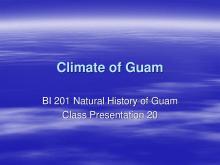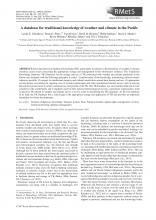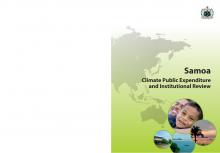Spatial dynamics of invasion and distribution of alien frogs in a biodiversity hotspot archipelago


Island and Ocean Ecosystems, BRB
Available Online
Diesmos, A.C.
,
Diesmos, M.L.L.
,
Pili, A.N.
,
Supsup, C.E.
,
Sy, E.Y.
2019
The endemic-rich amphibian fauna of the Philippine Archipelago (ca. 350,000 km2) includes six alien frogs: the American bullfrog (Lithobates catesbeianus), Asiatic painted toad (Kaloula pulchra), cane toad (Rhinella marina), Chinese bullfrog (Hoplobatrachus rugulosus), green paddy frog (Hylarana erythraea), and greenhouse frog (Eleutherodactylus planirostris). The chronological history of their invasion across the Philippines was reconstructed based on historical and geographic data. Subsequently, we estimated their current and potential distribution through species distribution modelling and Gaussian kernel density smoothing species distribution data. Seven known and potential pathways of introduction into and spread throughout the Philippines were identifi ed, namely, intentional introduction as a (1) biocontrol agent and (2) food source; contamination of (3) agriculture trade, (4) aquaculture trade, and (5) ornamental plant trade; (6) stowaway of cargo; and (7) through the exotic pet trade. Spatio-temporal patterns of distribution showed a stratifi ed diff usion process of spread wherein human-mediated jum dispersal is the primary mode followed by diff usion dispersal. The status of the American bullfrog in the Philippines is unresolved, whether it has successfully established. Meanwhile, the other five alien frogs have established populations in the wild, typically the dominant species in both artificial and disturbed habitats, and are continuously spreading throughout the Philippines. Estimates of current and potential distribution indicate that none of the alien frogs has realised its full potential distribution and that the cane toad is the most widespread, occurring in almost all major islands of the Philippines (ca. 85%), while the greenhouse frog is the least distributed, being found so far in eight provinces and on seven islands. In light of these findings, we provide policy and management recommendations for responding to current and future alien frog invasions.




